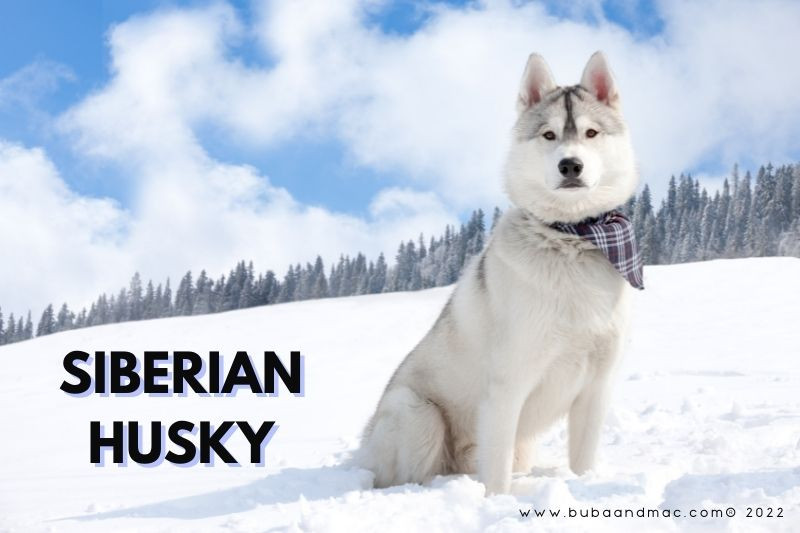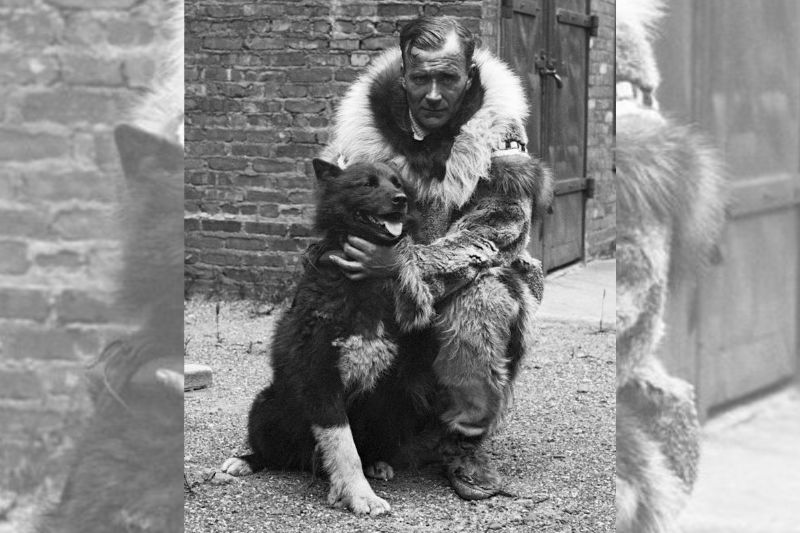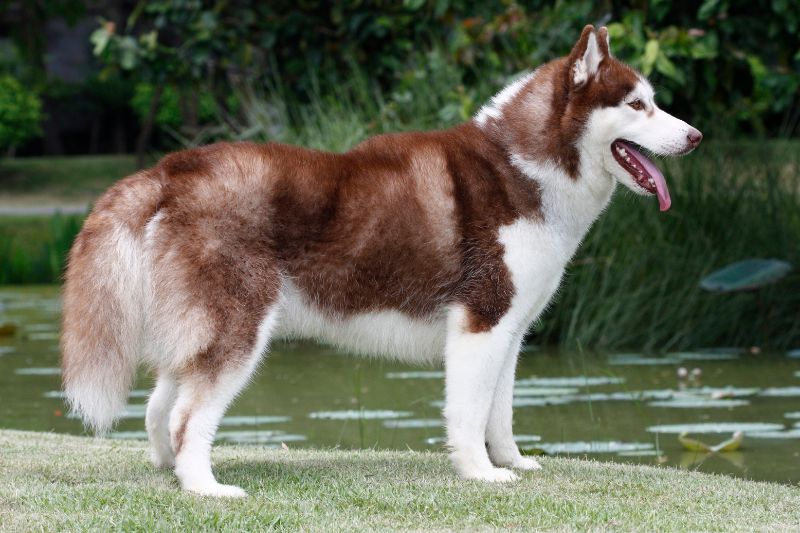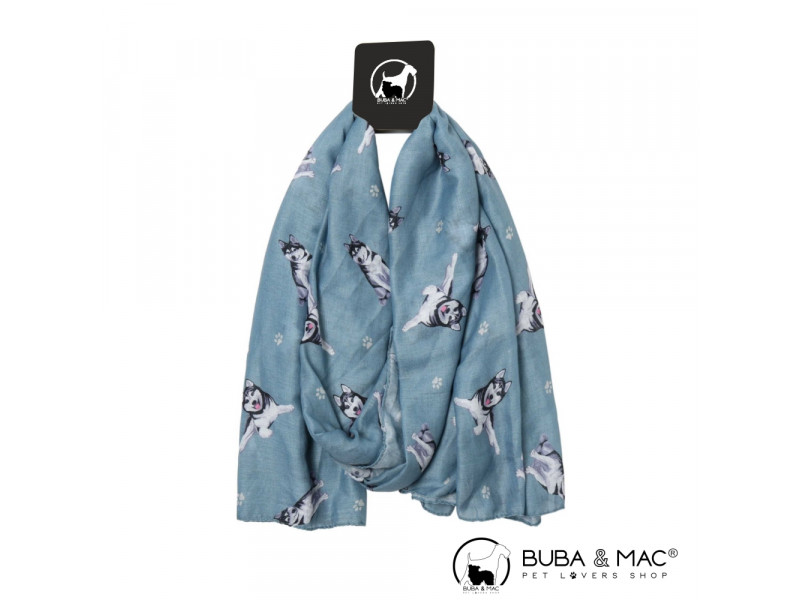
The breeds: the Siberian Husky
Today we will talk about the Siberian Husky, member of the Group % of the FCI classification: Spitz dogs and primitive type.
This group includes Nordic sled and hunting dogs very resistant to strong efforts, dogs similar in morphology of Asian or Northern Europe descent (called Spitz) and other “primitive” dogs that are like the first men-domesticated specimens.
ORIGIN
The Siberian Husky, or simply, the Husky, is a working dog much used to pull sleds in the snow and is considered an excellent pet dog.
They have their origins in the Siberian steppes from where they take their name and it was bred here by the Chukchi people to pull the sleds.
At the beginning of the 20th century, some specimens were imported in Alaska by William Goosake, a fur merchant who used them precisely to pull sleds loaded with bear fur and food.
Despite the extremely tough weather, the dogs were very resistant and had an excellent sense of orientation and gradually they were selected for their characteristics.
In 1932 the standards of the breed were defined in the United States and that is how the Siberian Husky we know today was born, but we would have to wait until 1982 for their official recognition.

An episode that contributed to the consecration of the breed goes back to January of 1925: A diphtheria epidemic broke out in Nome, Alaska. Because of the ice and snow, moving around was very complicated and a relay of sleds, pulled by many Siberian Huskies, was organized to carry the medicines. Balto, a husky owned by Norwegian Leonhard Seppala, pulled the sled on the last stretch of the route, saving the lives of many people. A statue of Balto was erected in New York's Central Park in honor of all the dogs that participated.

APPEARANCE
The Husky is a wild-looking, medium-sized, stocky, compact, and muscular dog with an elegant, loose carriage.
It is a long-lived dog, reaching up to 15 years of age and can suffer from pathologies typical of medium-sized dogs, such as hip dysplasia.
Males reach a height at the withers of 59 cm for a weight of 26-30 kg, while females reach 55 cm and a maximum of 26 kg.
In official competitions, males over 59.69 cm and females over 55.88 cm risk disqualification.
Coat color ranges from various shades of white, black, and gray to amber-yellow and brown. The coat is medium-long, smooth, soft and very thick. You might think that this dog suffers from the heat, but in reality the fur acts as an insulator, both from heat and cold.
The ears are triangular and upturned.

A characteristic that distinguishes the Husky is the color of the eyes that can be brown, amber, blue or even lighter to appear ice-colored but without a doubt hypnotic, magnetic and fascinating. Many dogs are heterochromic, meaning they have one eye that is a different color from the other. A study on the eyes of Huskies was conducted by Embark Veterinary, an American start-up company, and by Cornell University in Ithaca, in New York State, which revealed how blue-blue coloration is associated with the duplication of a genetic sequence.

PERSONALITY
The Husky is a dog born to run. They are athletic and dynamic, they need to move around open spaces to burn out their energy.
They are not guardian dogs, many times they tend not to obey, therefore they need to be firmly educated by the owner.
They are very intelligent and do not like to be lonely.
Fun fact: Huskies are capable of howl so loud that they can be heard for miles.
COST
A Husky puppy can cost between 500€ and 700€.

Do you own a Husky?
Take them to the snow and awaken their ancient instincts! They will be well protected from the cold, but you will need a beautiful scarf.
Find the one that has your Husky’s design in the Buba and Mac store.

IMAGES FROM THE WEB
Sources:
